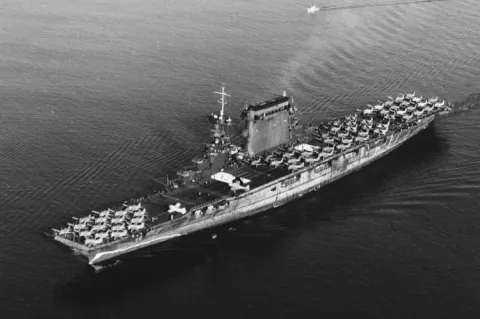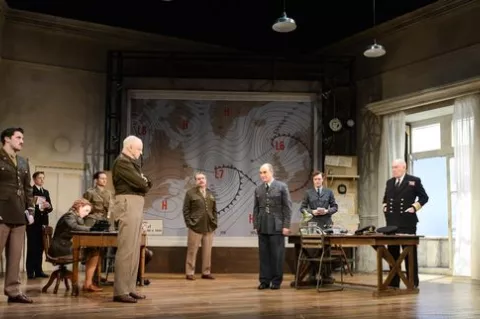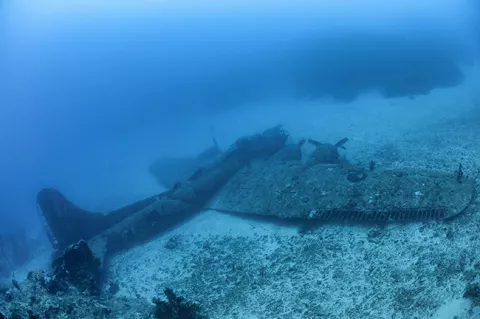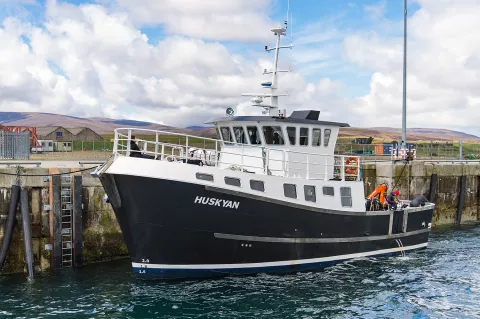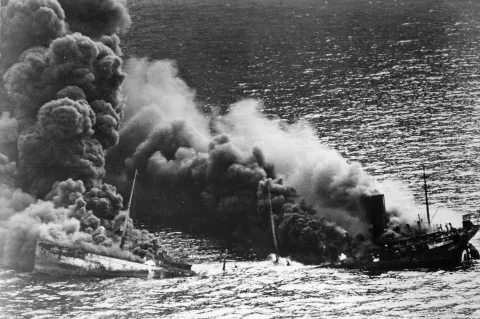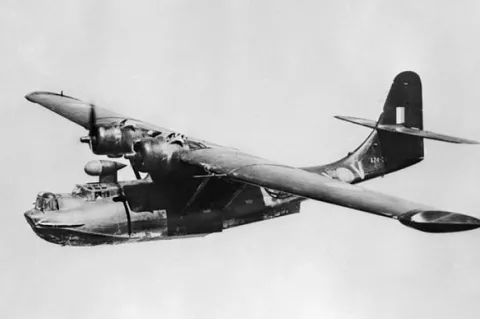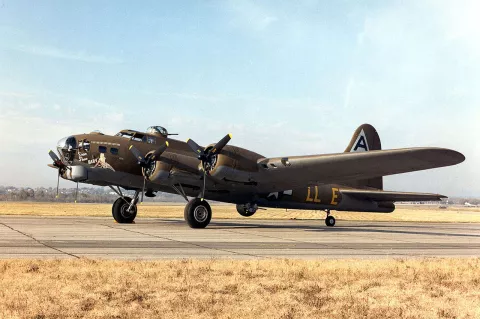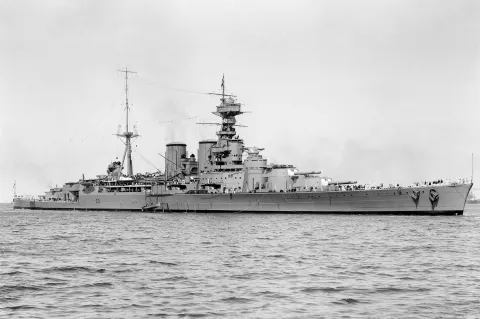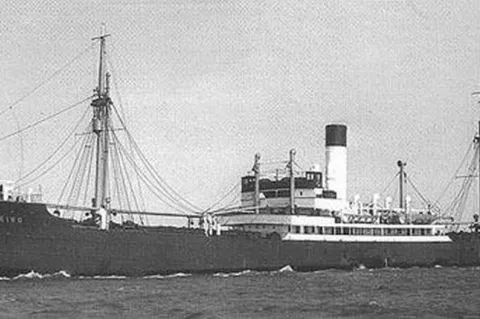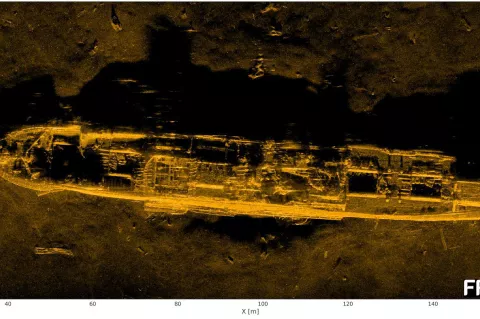WW2 aircraft carrier USS Lexington wreck located
The USS Lexington was scuttled about 800 kilometres (500 miles) miles off the eastern coast of Australia in May 1942 after sustaining serious damage from Japanese aircraft. A series of secondary explosions after the Japanese attack sealed the ship's fate and one of her own escorting destroyers was ordered to finish off the crippled carrier.

